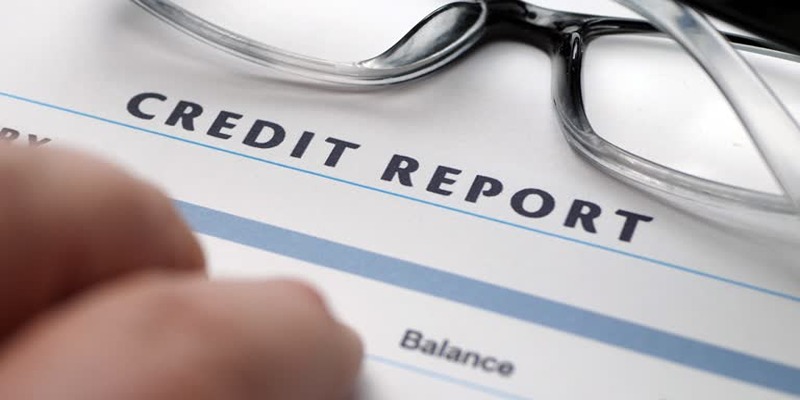Goal setting is a must in being successful in health and fitness. It provides you with direction, inspiration, and a means of measuring progress. But not every goal is a good goal. There are unhealthy and even dangerous health and fitness objectives that can not only stop your progress in its tracks but also harm your physical and mental condition. This is the goal that may seem or sound fruitful on the face, but it is firmly rooted in harmful mindsets, unrealistic concepts, or false facts.
In this article, we will share the three worst fitness goals to avoid. We will also discuss some alternatives that support long-term success, sustainability, and real well-being.
Worst Goal 1: “I Want to Lose 30 Pounds in a Month.”
Reasons Why It is a Bad Goal:
One of the bad health goals examples is that individuals make a goal of rapid weight loss. Encouraged by countless fad diets and unrealistic celebrity transformations, the notion of losing vast amounts of weight in a short period may be appealing. Nevertheless, it is hardly maintainable and healthy.

A weight loss of 30 pounds in one month is generally achieved through drastic calorie intake reduction, over-exercising, or dubious diet pills. Such an approach may result in the following:
- Lost muscles rather than lost fat
- Dietary insufficiencies
- Reduced metabolism
- Electrolyte imbalances and dehydration
- Mental and emotional distress
Moreover, fast weight loss usually leads to yo-yo dieting or the process of losing and gaining weight, which causes a person to become prone to long-term health complications such as heart disease, diabetes, and gallstones.
The Better Alternative:
Make a practical and maintainable aim such as, “I would like to drop 1 to 2 pounds a week.” It gives your body time to adapt, and it maintains muscle mass. Even better, concentrate on non-scale wins, which include:
- Getting stronger or more stamina
- Fitting more comfortably in your clothes
- Bettering your blood pressure or cholesterol
- Having increased energy during the day
Worst Goal 2: “I Want to look like My favorite Influencer or Star.”
Reasons Why It is a Bad Goal:
This is one of the most unrealistic fitness goals. Understandably, you can feel motivated by looking at individuals (like your favorite influence or celebrity) with apparently perfect bodies, but basing your looks on the standards of another person is a sure way to dissatisfaction and lack of self-worth.
Each body is unique. Your genes, the shape of your bones, the amount of hormones in your body, your metabolism, and your build all determine how you appear- even at the same weight or percentage of body fat. Attempts to contort your body by considering someone else’s body always result in the following:
- Impossible expectations
- Bad body image
- Unhealthy eating or excessive exercising behaviors
- Failure to take care of your strengths and achievements
In addition, most of the pictures of your favorite influencers and celebrities you view on the internet are filtered, edited, or taken in perfect lighting. Even those influencers and celebrities do not always look like their photos in real life.
The Better Alternative:
Make objectives that focus on you and your body. For instance:
- “I am going to do 10 push-ups nonstop.”
- “My goal is to have a better posture and flexibility.”
- “I would like to lose a couple of points of body fat percentage.”
Celebrate the fact that your body can do things rather than how well it compares to the aesthetic of another person.
Worst Goal 3: “I Want to Punish Myself Because of What I Ate.”
Reasons Why It is a Bad Goal:
It is a way of thinking that puts exercise as a form of punishment and food as a moral lapse. Be it exercising even more strenuously due to a so-called cheat meal or going without eating to compensate for a treat, this objective is not based on health but instead on guilt and shame.
This is one of the most common workout goal mistakes that can result in:
- Exercise addiction
- Binge-restricted cycles
- Poor mental health, including anxiety and depression
- Deformed food and exercise relation
Your body requires food, rest, and routine, not punishment. Turning to fitness as self-flagellation negates the physical, mental, and emotional health attributes of a fit lifestyle.
The Better Alternative:
Instead of having bad goals for weight loss, turn exercise into a delight of what your body is capable of rather than a punishment for what you put in your mouth. See if you can re-train your thinking with objectives such as:
- “I would like to exercise daily just because it makes my body feel good.”
- “I would like to feed on nutritious foods that make me energetic.”
- “I would like to develop a routine that I like and can maintain.”
Fitness must make you strong- not guilty.

Bonus: What are Bad Goals?
The following are some fitness mistakes to avoid because they indicate that a goal may be either dangerous or inefficient:
- Vague or undefined (e.g., “to shape up” without a definite program)
- Too strict (leave no days off, flexibility, or life intrusions)
- All-or-none attitude (a skip in workout = failure)
- Single-mindedly concentrated on aesthetics (and did not bother with health or performance)
- Driven by shame, guilt, or peer pressure
A Guide to Smart and Healthy Fitness Goals Setting
Rather than following poor health and fitness goals, define your goals based on a long-term, holistic perspective of health. The following are some tips:
Turn Goals into SMART:
Specific: Be particular about what you would like to achieve.
Measurable: Do it in a quantifiable manner.
Achievable: Ensure that it is realistic to your lifestyle and your fitness level.
Relevant: align it to your long-term health and personal values.
Time-limited: Place a time limit, but be willing to adjust according to progress.
Look at these SMART Goal Examples:
“Next month, I will walk 30 minutes 5 times a week.”
“I am going to perform strength training thrice weekly for 8 weeks.”
“I will cook at home four nights a week to improve my nutrition.”
Priority on Consistency, Not Perfection:
Three times a week, year-round, is better than seven times a week, one month.
Measure Progress in a Whole New Way:
Energy levels, quality of sleep, strength gains, mental clarity, and general happiness are all indicators to be used.
Be Nice to You:
Be nice and flexible to you. There are rest days, treat days, and setbacks.
Final Thoughts
The goals of health and fitness must not weigh you down but rather empower you. The problem with goals based on punishing your body, idolizing other people, or looking to make drastic changes in a short time is that they tend to be counterproductive- they can make you both physically and emotionally damaged. Instead of these harmful health goals, opt to have objectives based on self-care, routine, and self-respect.
It is important to remember that achieving health is not a race but a lifetime guarantee of doing what feels good to your body. Throw the unhealthy aspirations and pick the ones that are healthy for the body and mind. Then, the actual transformation starts when you train with a caring attitude and with realistic goals.












